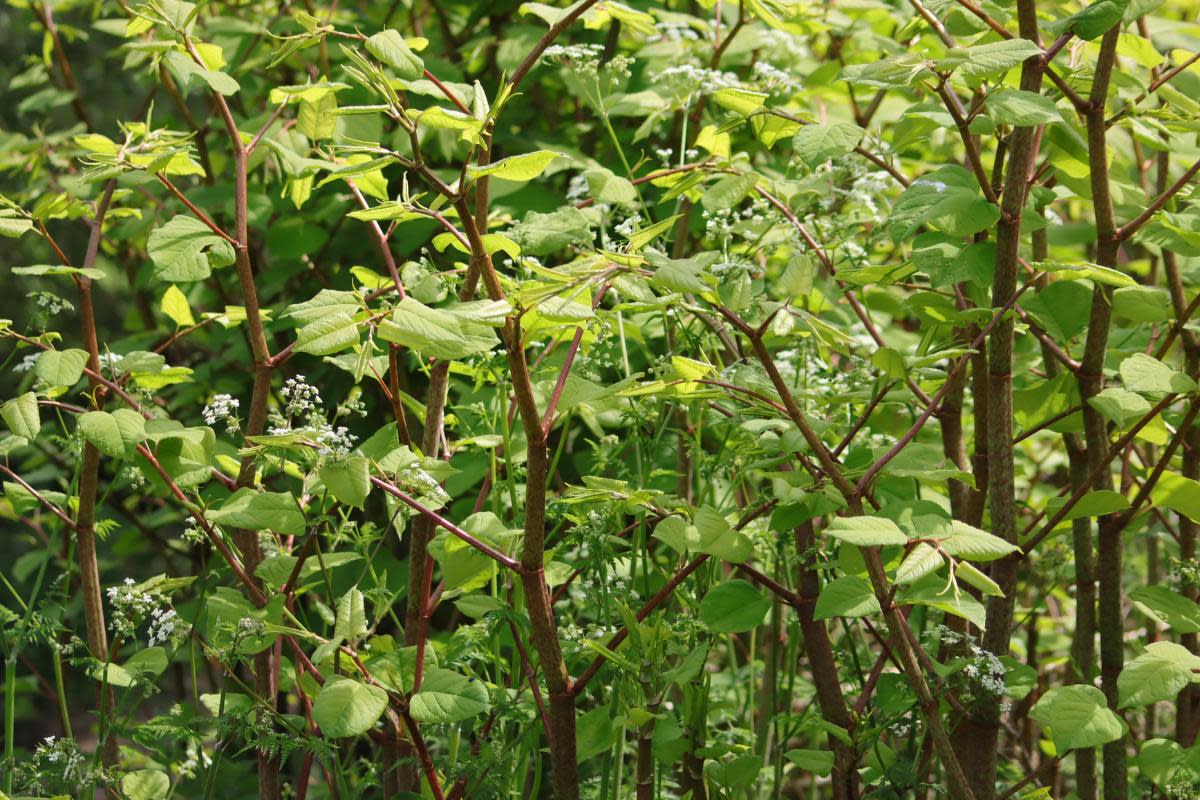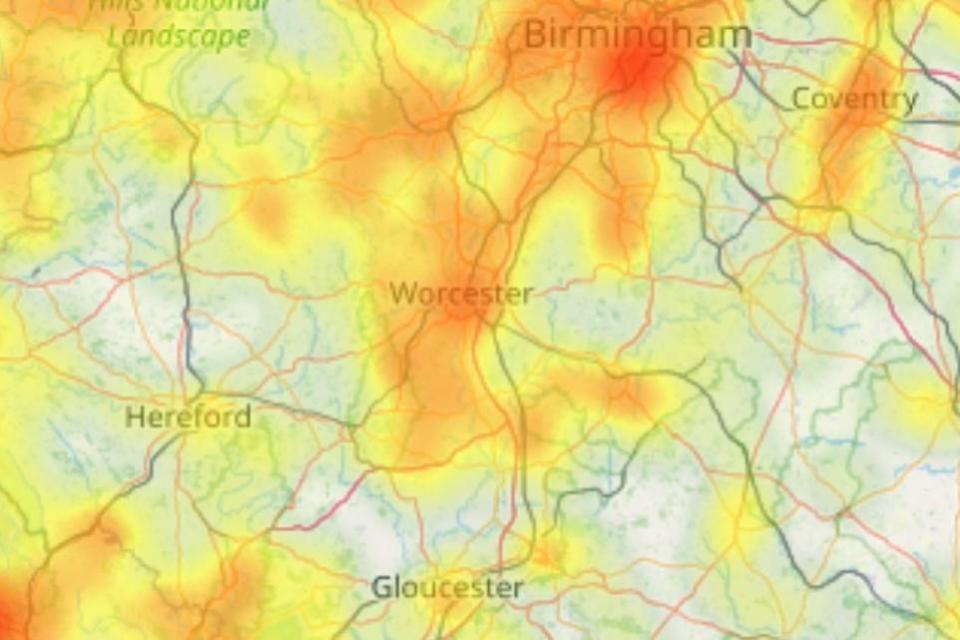Interactive map reveals Japanese knotweed hotspots in Worcestershire

An interactive map has revealed the Japanese knotweed hotspots across the UK, including in Worcestershire.
The latest data from Environet shows how many infestations of the plant have been recorded in the county.
Some areas are known to have more Japanese knotweed than others – let’s take a look.
What is Japanese knotweed and why is it a problem?
Japanese knotweed is an invasive plant that can cause chaos in our homes and gardens.

127 Japanese knotweed infestations have been recorded in Worcester alone (Image: Environet)
The plant “is a fast-growing and strong clump-forming perennial, with tall, dense annual stems. Stem growth is renewed each year from the stout, deeply-penetrating rhizomes (creeping underground stems).
“Although orginally introduced to Britain as an ornamental garden plant, Japanese knotweed is an invasive non-native species”, explains The Royal Horticultural Society (RHS) website.
Japanese knotweed hotspots in Worcestershire
According to Environet, Japanese knotweed has been found in Worcestershire - 446 infestations to be exact.
You can view the interactive heat map and enter your postcode here to see where the hotspots are.
Its latest data shows that 127 of these infestations were recorded in Worcester while a further 53 were spotted in Kidderminster.
Malvern and Droitwich both have 40 infestations each and Bewdley has 35.
With a total of 446 known infestations across Worcestershire, there are 3 occurrences of knotweed in every 10km2.
Recommended reading:
Why Japanese Knotweed is a problem and what to do if you find some
Have you found rats in your house or garden? Who to call if you see rodents
RSPCA shares how to get rid of rats in your home or garden without harming them
Nic Seal, founder of Environet, said: “At this time of year knotweed has emerged from the ground and by the end of April or early May it will be growing as much as 10cm per day and covered in bright green heart-shaped leaves.
“The best way to protect your property is to make sure you know what knotweed looks like, so you can act early if it appears in your garden or is threatening to encroach onto your property.
“Yorkshire is home to some significant knotweed hotspots such as Rotherham and Sheffield. Anyone living near or moving to one of these areas should check their garden carefully and enter their postcode into Exposed to find out how many occurrences are nearby and if in doubt, seek expert help.”

 Yahoo News
Yahoo News 
